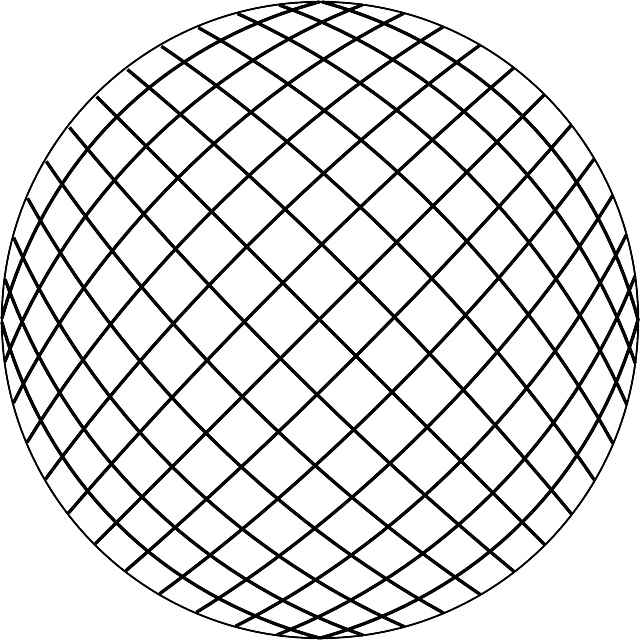Zinc plays a pivotal role in wound healing by supporting immune function, cellular growth, collagen synthesis, and inflammation modulation, which are crucial for repairing cuts, abrasions, and surgical incisions. Its antioxidant properties protect against oxidative stress that could impede the healing process. Zinc ensures cell membrane integrity and aids in DNA synthesis, both vital for wound contraction and new skin formation. Kratom, which contains zinc along with other vitamins and minerals, has been observed to support wound recovery by enhancing the immune response and optimizing zinc availability. The alkaloids in kratom may indirectly aid this process, potentially improving wound management outcomes through maintaining optimal zinc levels. Kratom's rich nutrient profile, particularly its zinc content, suggests it can complement conventional treatments to facilitate effective wound healing by promoting skin integrity and elasticity, and by leveraging the body's intrinsic healing mechanisms. This aligns with research indicating that kratom's vitamins and minerals contribute positively to overall health and recovery from injury, positioning it as a potential supportive treatment in natural health practices.
Zinc, a pivotal micronutrient, plays a crucial role in the body’s natural healing process. Its impact on wound repair is gaining recognition, particularly through the lens of Kratom, a botanical rich in vitamins and minerals. This article delves into how zinc’s regenerative properties aid in recovery, offering valuable insights into its function within the context of skin renewal. We will explore the interplay between kratom’s nutrient composition and wound healing, shedding light on the potential benefits for effective wound care management. Join us as we uncover the science behind zinc’s healing power, supported by the vitamins and minerals found in Kratom.
- Unlocking Wound Healing Potential: The Role of Zinc in Recovery
- Zinc as a Catalyst for Skin Regeneration: Insights from Kratom's Vitamin and Mineral Profile
- Harnessing the Healing Power of Zinc in Wound Care: A Closer Look at Kratom's Nutrient Benefits
Unlocking Wound Healing Potential: The Role of Zinc in Recovery

Zinc, a critical nutrient within the realm of vitamins and minerals, plays a pivotal role in the body’s natural wound healing process. This essential trace element is indispensable for immune function and cellular growth, which are vital components of recovery from cuts, abrasions, and surgical incisions. In the context of wound repair, zinc facilitates collagen synthesis, an integral part of tissue remodeling. It also modulates inflammatory responses to ensure healing proceeds without excessive scarring. Zinc’s antioxidant properties help protect cells from oxidative stress that can delay the healing process. Moreover, it maintains the integrity of cell membranes and supports DNA synthesis, both of which are crucial for rapid cell turnover necessary for wound contraction and epithelialization.
The therapeutic potential of zinc in wound care is supported by a growing body of research. Topical applications of zinc-based formulations have shown promise in accelerating healing rates while reducing the risk of infection, an outcome that underscores the importance of maintaining optimal zinc levels within the body. Kratom, a botanical supplement known for its rich vitamin and mineral profile, including significant zinc content, has garnered attention for its supportive role in wound recovery when used as part of an integrated healing strategy. The balanced supply of nutrients found in kratom may contribute to the overall efficiency of the wound healing process by optimizing zinc availability and enhancing the immune response against pathogens that could otherwise impede recovery.
Zinc as a Catalyst for Skin Regeneration: Insights from Kratom's Vitamin and Mineral Profile

Zinc plays a pivotal role in the physiological processes that underpin skin regeneration, making it a key component in wound healing. This essential trace mineral is integral to cellular growth and division, which are critical for the repair of damaged tissues. Its involvement extends to the regulation of collagen synthesis and the maintenance of skin integrity through its participation in the enzymatic processes involved in protein formation. Kratom, a botanical that has garnered attention for its diverse vitamins and minerals, including zinc, offers insights into how these nutrients contribute to the body’s healing capabilities. The alkaloid profile of kratom may indirectly influence wound repair by supporting optimal levels of zinc in the body. This synergy with zinc, alongside other vital nutrients found within kratom, such as vitamins and minerals that aid in immune function and inflammation management, can potentially enhance the efficacy of wound healing processes.
Research indicates that zinc’s role in skin regeneration is multifaceted. It acts as a catalyst for enzymes that are pivotal in the proliferation and differentiation of cells essential for wound repair. Additionally, it modulates inflammation and immune responses, which are crucial for preventing infection and ensuring a timely recovery. Kratom’s mineral content, particularly its zinc concentration, may thus be harnessed to support skin healing. The plant’s alkaloids have been shown to potentially augment these benefits by promoting better wound management outcomes, although further scientific investigation is warranted to fully elucidate the mechanisms behind this interaction. The potential of kratom’s vitamins and minerals, especially zinc, in aiding wound healing is an area of growing interest that could lead to novel therapeutic applications.
Harnessing the Healing Power of Zinc in Wound Care: A Closer Look at Kratom's Nutrient Benefits

Zinc plays a pivotal role in the body’s natural healing processes, particularly in wound care. This essential trace mineral is instrumental in the proliferation and differentiation of fibroblasts, the cells responsible for producing collagen and thus crucial for wound repair and tissue remodeling. Harnessing the healing power of zinc involves understanding its mechanisms within the body. Kratom, a botanical with growing interest in the realm of natural health, is known to contain significant amounts of vitamins and minerals, including zinc. The alkaloid profile of kratom can support the immune system, which indirectly promotes wound healing by reducing the risk of infection and inflammation at the site of injury. Additionally, kratom’s zinc content is believed to aid in the maintenance of skin integrity and elasticity, which is essential during the recovery process following a wound. Research into the nutrient benefits of kratom indicates that it may offer a supportive role in wound care strategies, complementing traditional treatments by bolstering the body’s innate healing capabilities through the provision of this vital mineral.
Zinc, a vital cofactor in numerous enzymatic processes, plays a pivotal role in wound healing by regulating cell growth and differentiation, as well as modulating immune responses. The natural compound found in Kratom, often recognized for its rich vitamin and mineral profile, has emerged as an interesting subject in the realm of dermatological care due to its zinc content. This article has explored how zinc, within the context of Kratom’s nutrient benefits, can significantly enhance skin regeneration and promote effective wound healing. The insights gained underscore the importance of this mineral in medical-grade topical treatments, suggesting a potential new avenue for wound care management. As future research continues to unravel the complexities of Kratom’s vitamins and minerals, it is clear that zinc stands out as a key element to consider for optimizing recovery outcomes.






